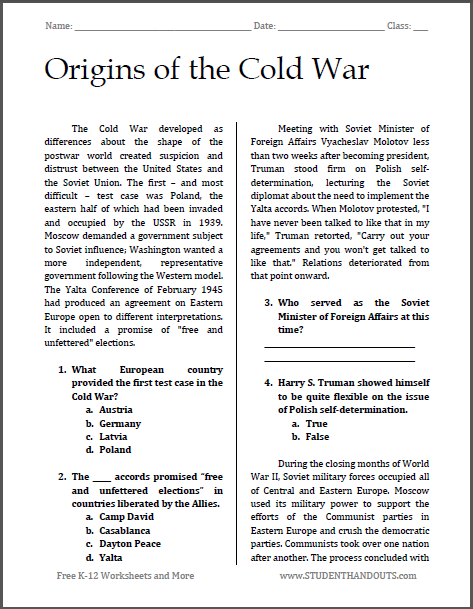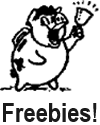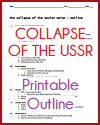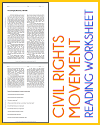| Origins of the Cold War Reading with Questions |
|---|
| www.studenthandouts.com ↣ American History ↣ American History Readings |
 |
   |
|
The Cold War developed as differences about the shape of the postwar world created suspicion and distrust between the United States and the Soviet Union. The first—and most difficult—test case was Poland, the eastern half of which had been invaded and occupied by the USSR in 1939. Moscow demanded a government subject to Soviet influence; Washington wanted a more independent, representative government following the Western model. The Yalta Conference of February 1945 had produced an agreement on Eastern Europe open to different interpretations. It included a promise of "free and unfettered" elections.
1. What European country provided the first test case in the Cold War? a. Austria b. Germany c. Latvia d. Poland. 2. The _____ accords promised "free and unfettered elections" in countries liberated by the Allies. a. Camp David b. Casablanca c. Dayton Peace d. Yalta. Meeting with Soviet Minister of Foreign Affairs Vyacheslav Molotov less than two weeks after becoming president, Truman stood firm on Polish self-determination, lecturing the Soviet diplomat about the need to implement the Yalta accords. When Molotov protested, "I have never been talked to like that in my life," Truman retorted, "Carry out your agreements and you won't get talked to like that." Relations deteriorated from that point onward. 3. Who served as the Soviet Minister of Foreign Affairs at this time? Vyacheslav Molotov 4. Harry S. Truman showed himself to be quite flexible on the issue of Polish self-determination. a. True b. False. During the closing months of World War II, Soviet military forces occupied all of Central and Eastern Europe. Moscow used its military power to support the efforts of the communist parties in Eastern Europe and crush the democratic parties. communists took over one nation after another. The process concluded with a shocking coup d'état in Czechoslovakia in 1948. 5. How did the Soviet Union support the efforts of the communist parties in Eastern Europe and crush the democratic parties? Crushing them and aiding a coup 6. In 1948, the Soviets backed a shocking coup d'état in what country? a. China b. Czechoslovakia c. Italy d. Vietnam. Public statements defined the beginning of the Cold War. In 1946 Stalin declared that international peace was impossible "under the present capitalist development of the world economy." Former British Prime Minister Winston Churchill delivered a dramatic speech in Fulton, Missouri, with Truman sitting on the platform. "From Stettin in the Baltic to Trieste in the Adriatic," Churchill said, "an iron curtain has descended across the Continent." Britain and the United States, he declared, had to work together to counter the Soviet threat. 7. Who coined the phrase "iron curtain"? Winston Churchill The map to the left depicts Poland following World War II. 8. What body of water borders Poland to the north? a. Atlantic Ocean b. Baltic Sea c. Indian Ocean d. Mediterranean Sea 9. What three countries bordered Poland at this time? Czechoslovakia, Germany, and the Soviet Union Click here to print. Answer Key: 1. D - Poland; 2. D - Yalta; 3. Vyacheslav Molotov; 4. B - False; 5. Use of military force; 6. B - Czechoslovakia; 7. Winston Churchill; 8. B - Baltic Sea; 9. Czechoslovakia, Germany, and the Soviet Union. |
| Postwar America Worksheets | Postwar America Learning and Study Games |
| Postwar America Outlines and PowerPoints | Postwar America Maps and Pictures |
| Postwar America Miscellany | Postwar America Books and Films |
| www.studenthandouts.com ↣ American History ↣ American History Readings |








